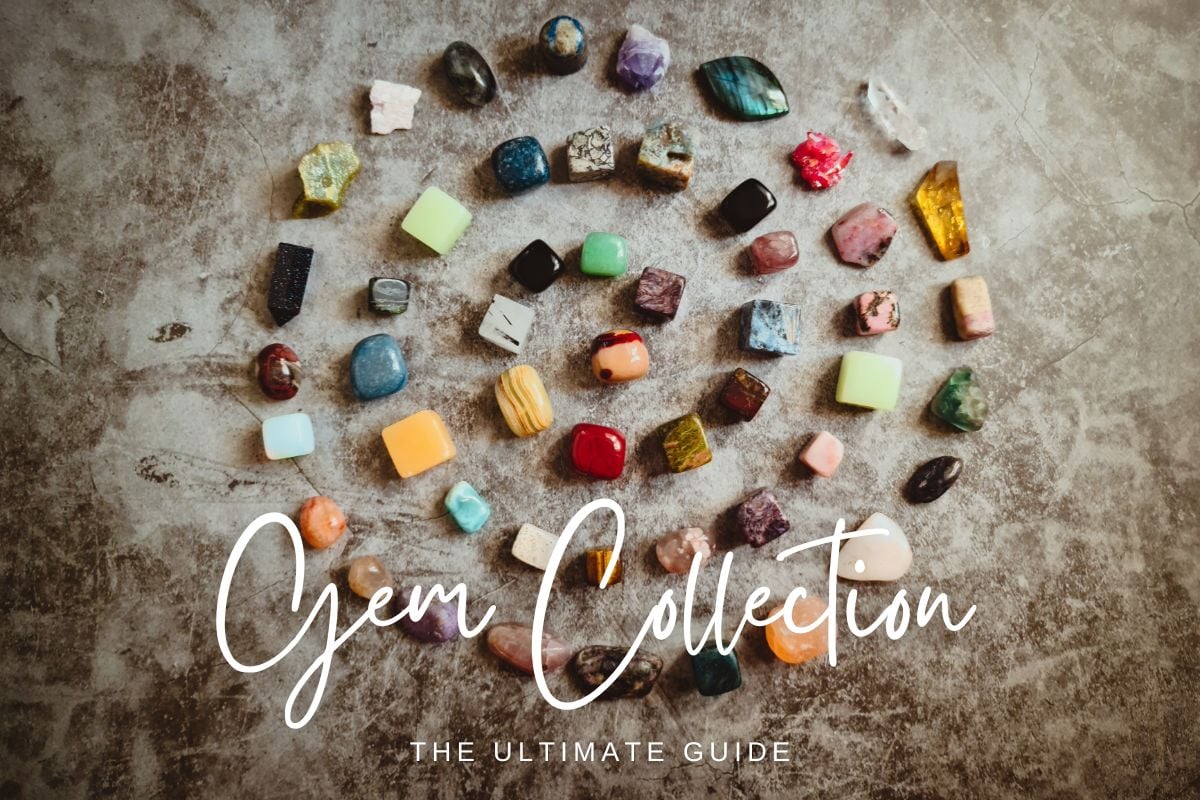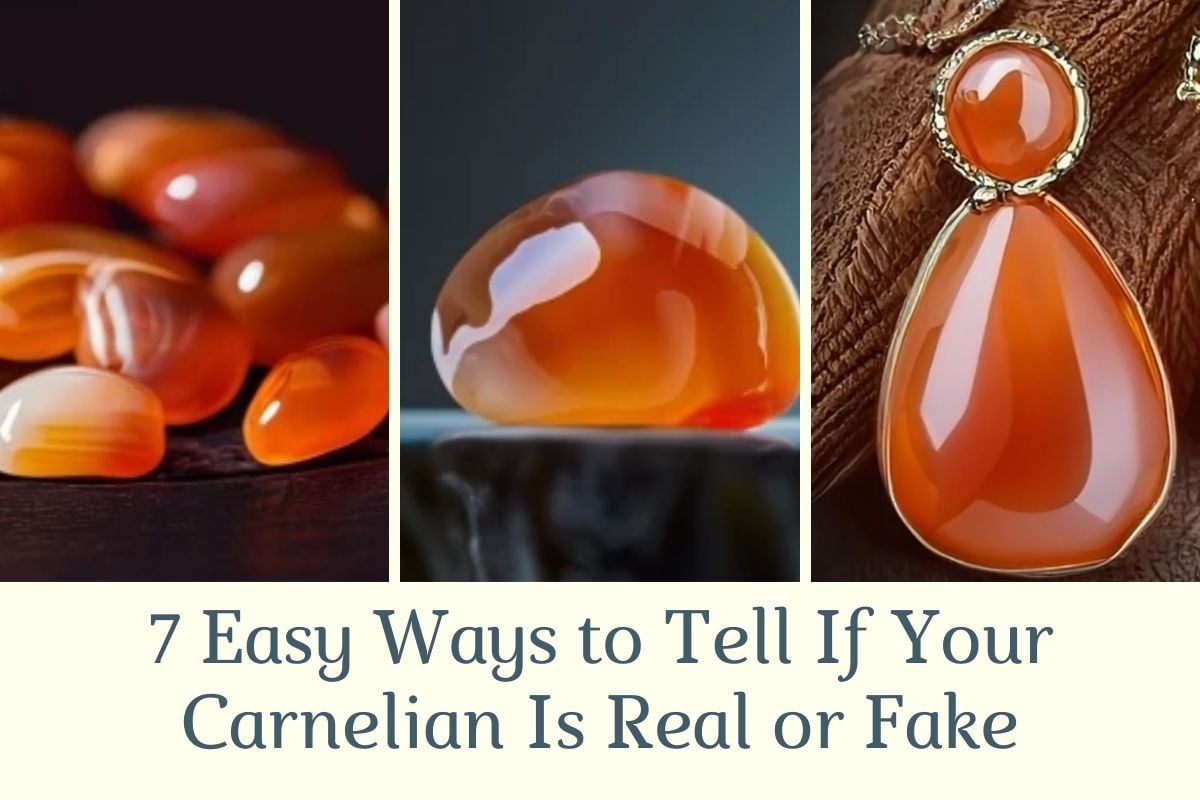Table of Contents
Why Is It Important to Clean Body Jewelry?
Cleaning body jewelry ensures that there will be no debris and fluids sticking to the jewelry in the first place. Regular cleaning is also necessary if you don’t want to end up with a bad infection, even if you have had piercings before. Every new piercing is an opportunity to get an infection if you don’t take piercing aftercare and piercing cleaning seriously.
What are the Ways to Clean Body Piercing Jewelry?
If you have stainless steel and other high-quality metal piercings, it’s safe to boil your sterilization piercings. Sterilizing is the process of exposing anything to 100°Celsius or 212°Fahrenheit, the boiling point of water.
Stainless steel and other metals are unaffected by boiling water, but this method effectively kills bacteria and viruses.
Since body piercings go directly past the skin’s layers, it’s essential to keep them as clean as possible. Sterilization offers the most coverage for kill bacteria that may cause inflammation and other problems in your body piercings.
After sterilizing your piercing jewelry, pat them dry with some paper towels, and you are set for the day.
How do you clean oral jewelry for lip piercing and tongue piercing?
Lip piercings and facial piercings are also considered body jewelry. Apart from sterilizing them with boiling water, you can soak them mouthwash. Your typical commercial mouthwash can kill bacteria that are particular to the mouth.
Make sure that you use only non-alcoholic commercial mouthwash. This technique is especially great for tongue rings and other similar jewelry.
Be sure to soak the jewelry for 2 – 5 minutes. Make sure also that the jewelry is submerged correctly.
Can you use soap to clean body jewelry?

Can you use soap to clean body piercing jewelry?
The answer is yes, you can. What you need are antibacterial soap and some warm water. Scrub your jewelry lightly to remove any debris, and feel free to soak the jewelry for a few minutes before rinsing them.
Do not do this for oral jewelry, though, as the components of antibacterial soap are not meant for the mouth. Use warm water to rinse to the jewelry and pat them dry. This technique is cost-friendly, easy to do, and is ideal for many kinds of body jewelry.
Take note that during the rinsing phase, remove all of the suds and traces of the soap. A three-minute rinse is ideal for body jewelry.
What are the Ways to Clean Acrylic Body Jewelry?
The main problem with acrylic body jewelry is it cannot be sterilized with boiling water because you may end up with an unrecognizable lump at the bottom of the pot afterward.
If you have them and would like to keep them as clean as possible, the only methods you can use are the warm water and soap method and the mouthwash method. The integrity of the acrylic body jewelry is often questionable. Hence, you have to be careful with scrubbing the material with anything rough as you may end up scratching the surface, which increases the risk of bacterial transmission.
Your best bet would always be with higher grade stainless steel jewelry or something that is even more durable. Higher quality body jewelry is easier to clean and will be able to withstand heat easily. Heat is our best friend because sterilization is the best route for removing harmful pathogens that may have stuck to body debris.
8 Ways to Take Care of Body Piercing Jewelry

Take care your body piercing jewelry to avoid body piercing infection
1. Always clean your body jewelry
All body jewelry should always be cleaned thoroughly before being inserted into the body. It doesn’t matter if the jewelry is for the tongue or the face. What matters is you clean it before putting it back into the piercing. Do this, and you will be able to avoid a lot of risk for infection over time. The basic setup involves warm water and soap. You can also use antibacterial jewelry cleaner if you wish, as these are designed specifically for cleaning all kinds of body jewelry thoroughly.
2. Do not use harsh detergents to clean body jewelry
Harsh detergents are a big no-no for body jewelry because we don’t want any residues to end up inside the body. It may seem like you are more efficient using harsher detergents, but the opposite may be right. Antibacterial soaps, which we use on the body, are lovely for cleaning body jewelry. If you can soak your jewelry in hot water before proceeding with soaping and then rinsing, you are in good shape. Remember our earlier guideline for rinsing body jewelry – two to three minutes is recommended to get all the debris and soap out.
3. Avoid using alcohol and hydrogen peroxide to clean body jewelry
Alcohol and hydrogen peroxide is not recommended for cleaning body jewelry. Acrylic is not to be cleaned with alcohol either. Anything with gemstones runs the risk of getting damaged if they come into contact with rubbing alcohol.
4. Remove body jewelry for swimming
If you are going to swim, remove your jewelry first.
5. Keep in container / jewelry box after take it off
Body jewelry is just like any other piece of jewelry. You need to have the right kind of container for it. Regular jewelry boxes with a felt or cloth lining are ideal for body jewelry. Ideally, different pieces of body jewelry should be kept in separate containers within the jewelry box.
6. Remove the body jewelry before sleep
Remove all your body jewelry (unless you have them freshly inserted, which is a different case altogether). Your piercings can get damaged from tossing and turning when you sleep. Please remove them and clean them the next morning before you insert them again. It may sound tedious, but this is for your safety.
7. Remove jewelry before taking shower
Remove all your jewelry before taking a shower or soaking. The reason for this is that you can easily snag facial jewelry and other piercings with a towel afterward. You must keep your piercings as far away as possible from such problems.
8. Periodically check the size of body jewelry
Regular wear can loosen different kinds of threaded jewelry. Periodically check them and adjust them as you see fit.



